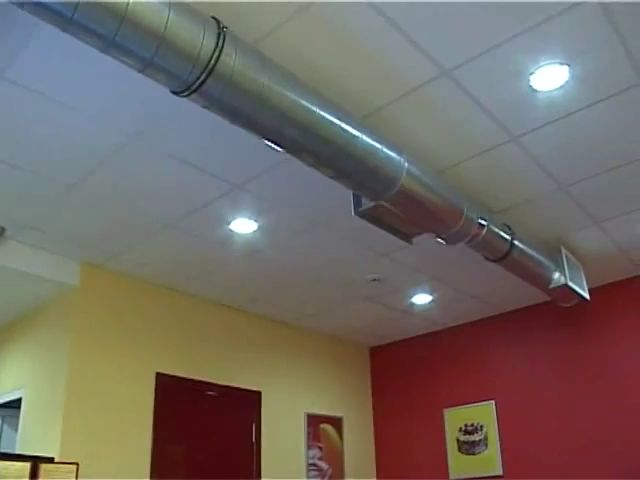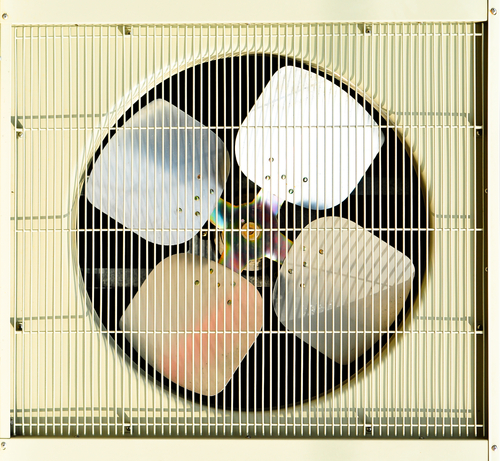You will need
- the floor plan of the premises
Instruction
1
Take the floor plan of the premises with explication. It should indicate the area of each room and its area. It is necessary to start the calculation of air capacity, cubic meters/hour.Start the calculation with the definition of the ventilation rate, showing the number of complete change of air in the room within one hour (indoor with S= 50 m2, H(ceiling)=3 m, volume 150 m3, the double exchange of air equal to 300 cubic meters/hour). The multiplicity depends on the purpose of the room power heat-generating equipment, the number of occupants. It is determined according to construction norms and rules (SNiP).Office spaces require two or three times the exchange, for residential a single.
2
Define the desired performance. To do this, calculate two values of air exchange: the number of people and multiplicity. Select the greater value.Air exchange rate ratio is calculated according to the formula:
L = n x S x H, where L is the productivity of input ventilation, m3/h; n is the ventilation rate according to the rule: living n = 1, offices n = 2,5; S — area of premises, m2; H — height, m. the Calculation of air exchange for the number of people:
L = N x Lнорм, where L is the productivity of input ventilation, m3/h; N — the number of people in the room; Lнорм — air flow rate per person:at rest — 20 m3/h;
office work — 40 m3/h;
during exercise — 60 m3/h.
L = n x S x H, where L is the productivity of input ventilation, m3/h; n is the ventilation rate according to the rule: living n = 1, offices n = 2,5; S — area of premises, m2; H — height, m. the Calculation of air exchange for the number of people:
L = N x Lнорм, where L is the productivity of input ventilation, m3/h; N — the number of people in the room; Lнорм — air flow rate per person:at rest — 20 m3/h;
office work — 40 m3/h;
during exercise — 60 m3/h.
3
Select the fan supply or installation of performance calculated according to the formulas. However, note that the fan performance may be reduced due to the resistance of the drainage network. This dependence of productivity from the total pressure given in the technical characteristics of equipment.For example, the ducting length 15 metres with a single ventilation grille, creates a pressure drop of about 100 PA.Performance of ventilation systems:
Apartments — from 100 to 600 m3/h;
Cottages from 1000 to 3000 m3/h;
Offices from 1000 to 20000 m3/h.
Apartments — from 100 to 600 m3/h;
Cottages from 1000 to 3000 m3/h;
Offices from 1000 to 20000 m3/h.
4
Design the air distribution network of ducting, adapters, splitters, bends and grilles or diffusers. First make a diagram of the ducts. Under this scheme, calculate three parameters: working pressure created by the fan, the air flow rate and noise level.Working pressure is determined according to the specifications of the fan and is calculated based on the type of ducts and their diameter, number of turns and transitions from one diameter to another, as well as the type of air distributors. The longer the route, and the more it transitions, and adapters, the fan pressure must be large. Swipe aerodynamic calculation, find the external pressure of the air ducts.The air flow depends on the diameter of the ducts. The speed usually is limited to from 2.5 to 4 m/s At increase in increase of pressure loss and noise level. But, use the "silent" air ducts large diameter is not always possible, as there is a difficulty in placing them in the ceiling space. In domestic system of ventilation use flexible ducting with a diameter of 160-250 mm and a lattice of size 200?200 mm — 200?300 mm.

